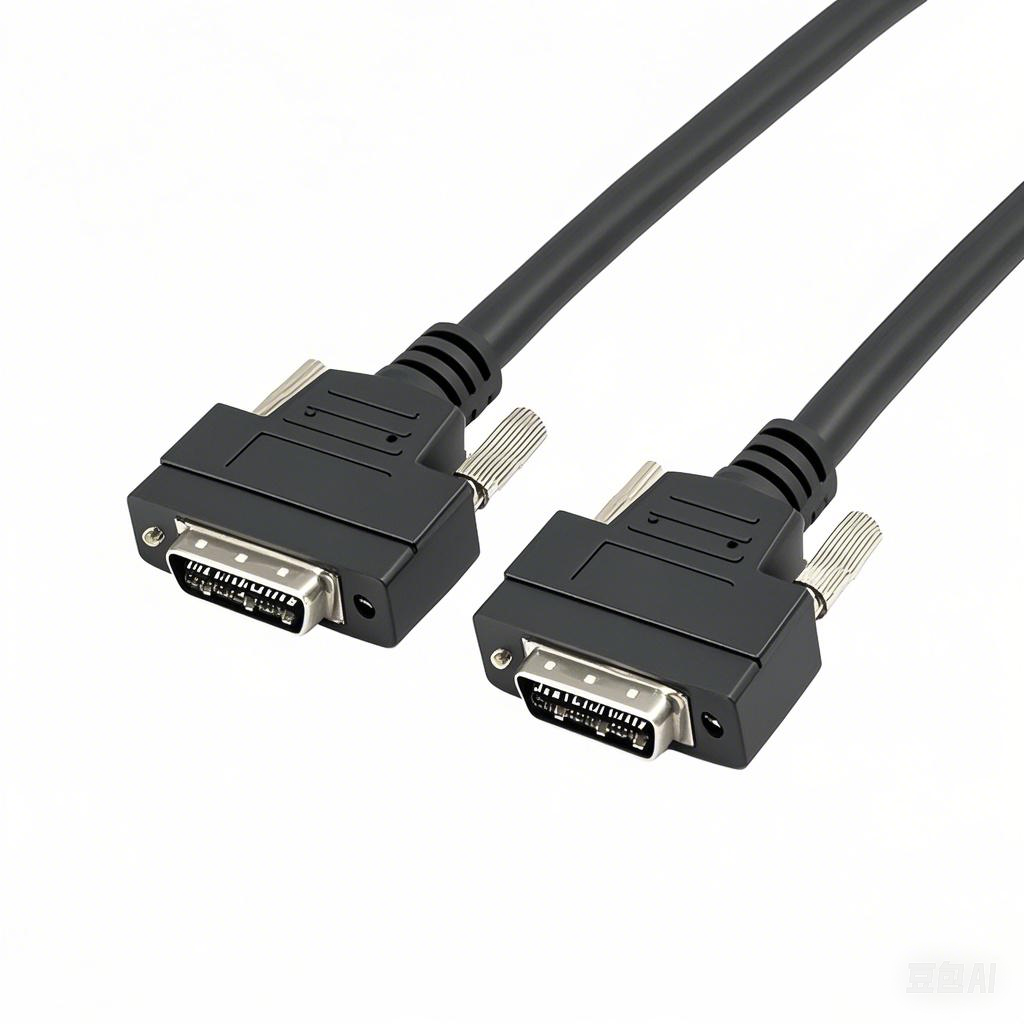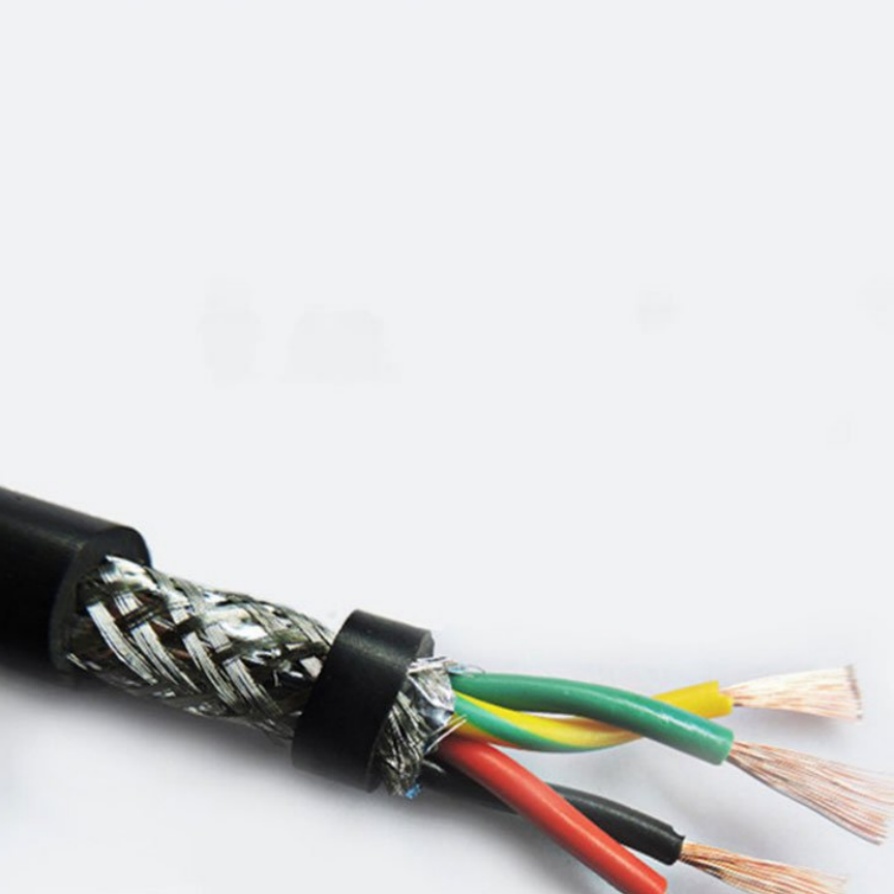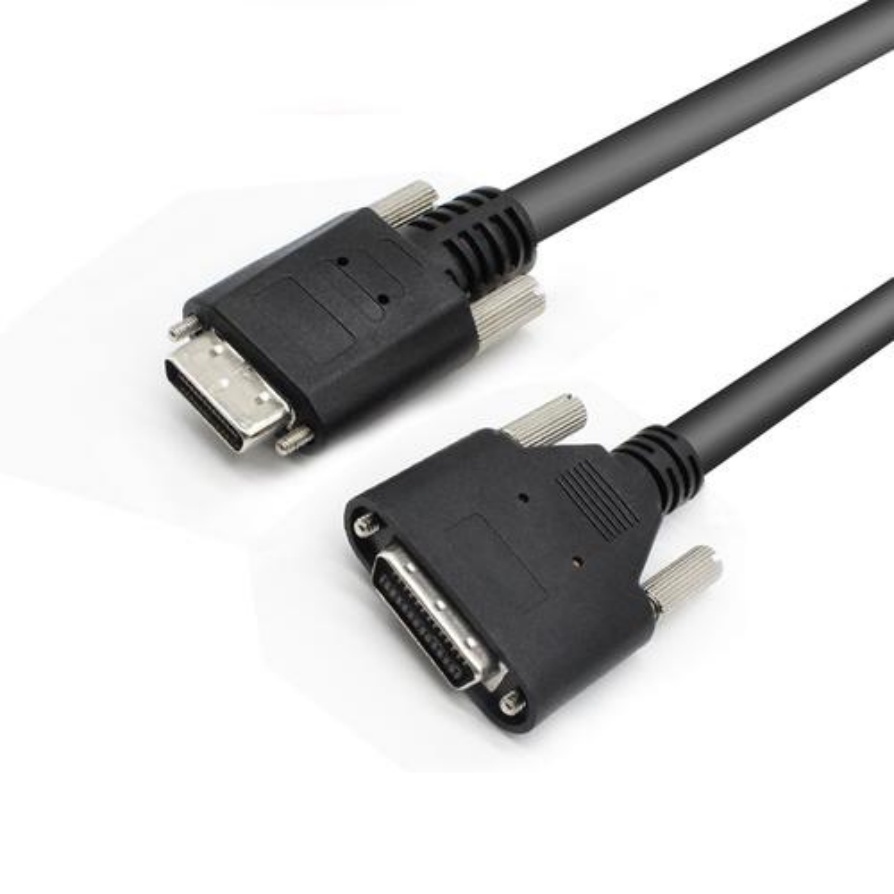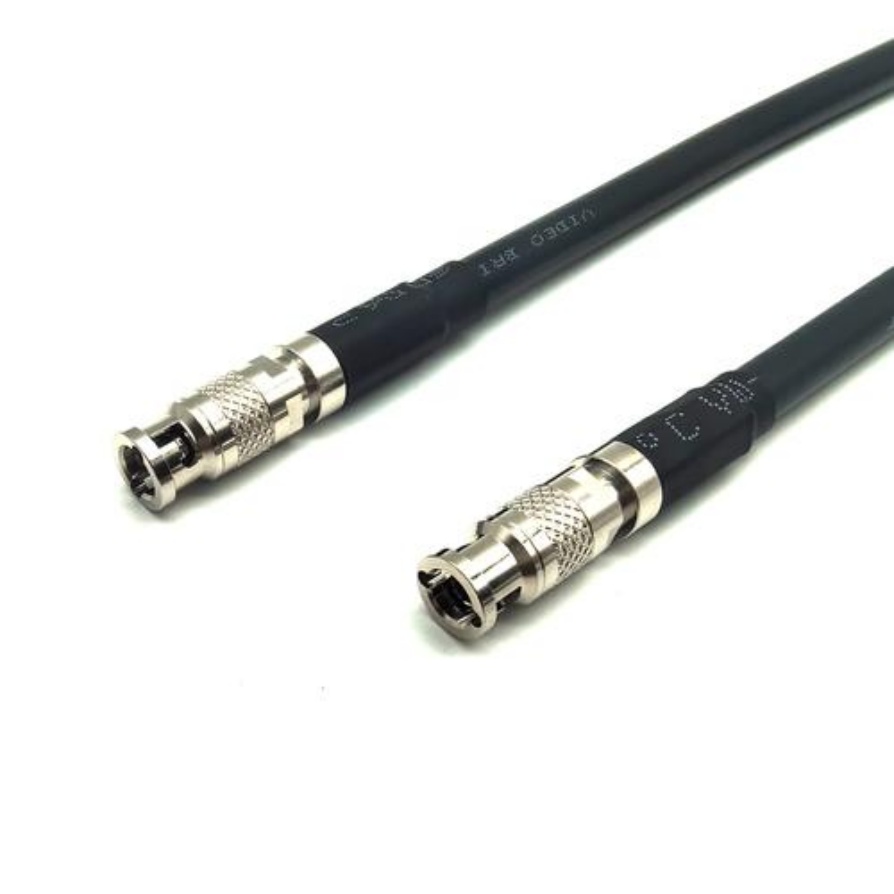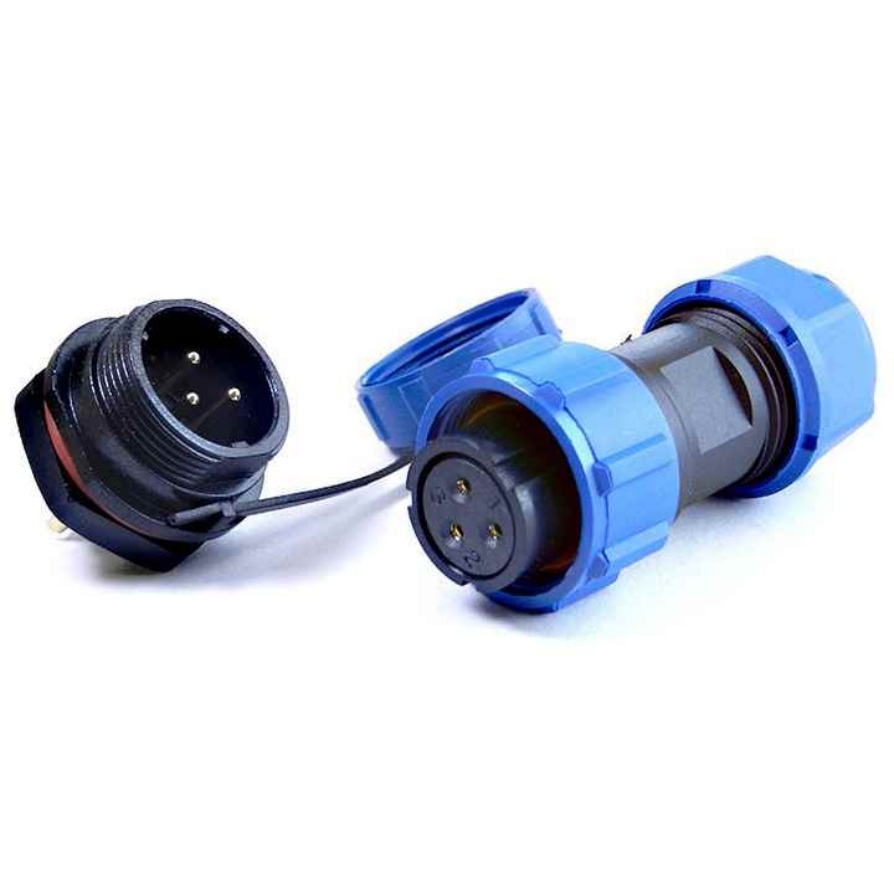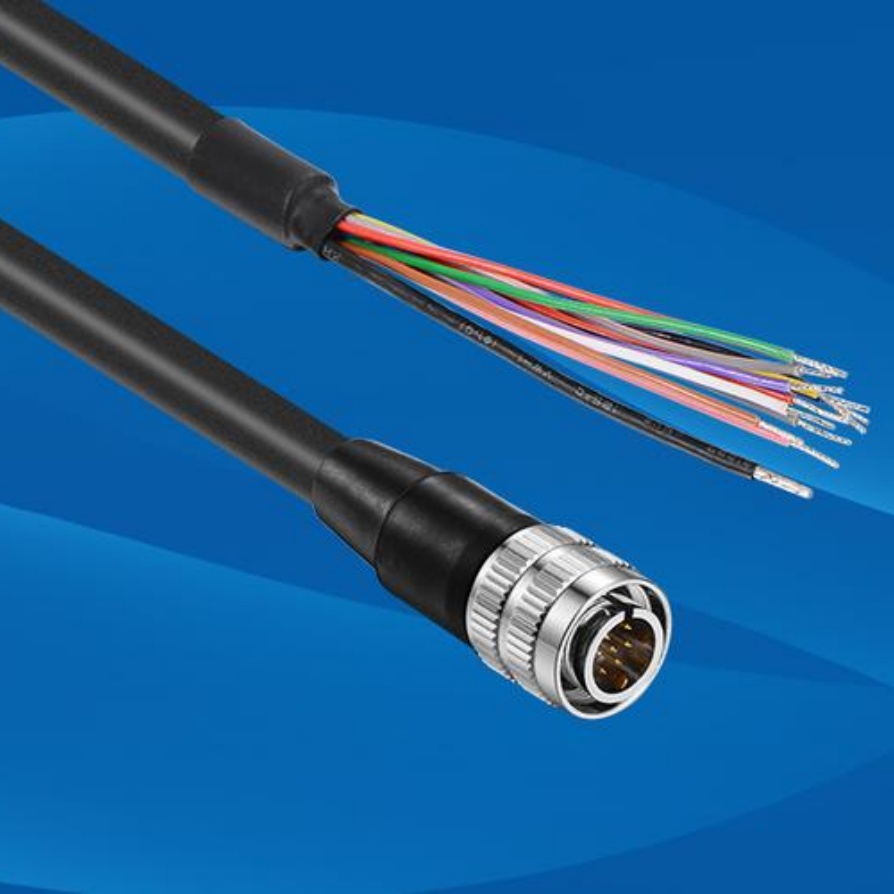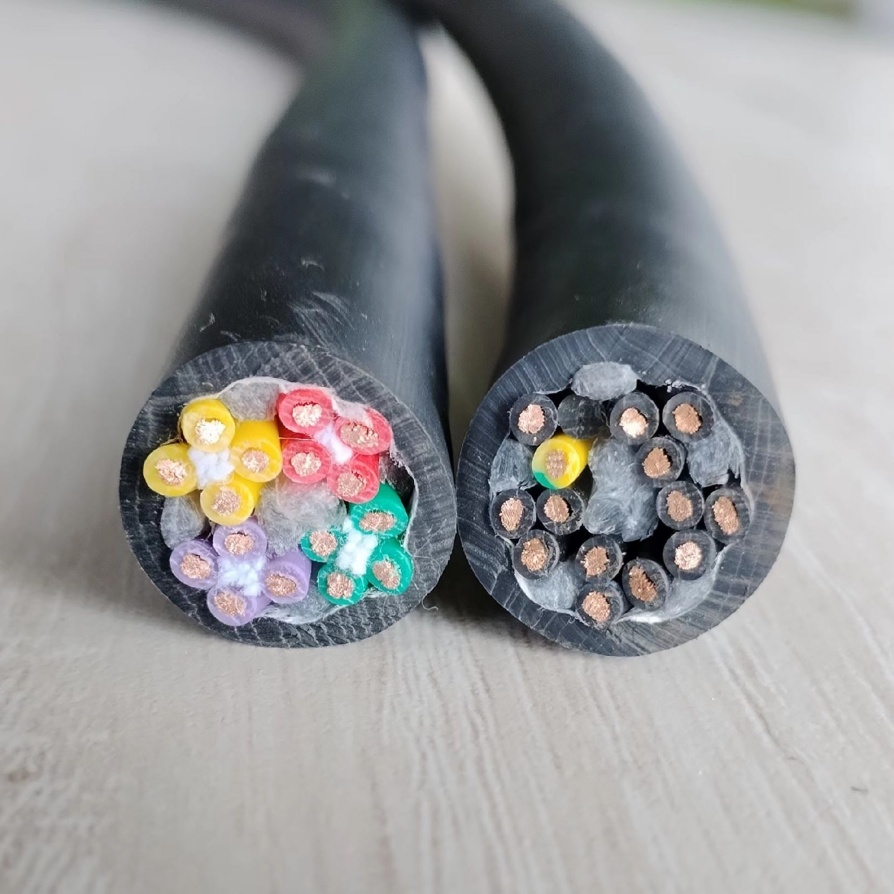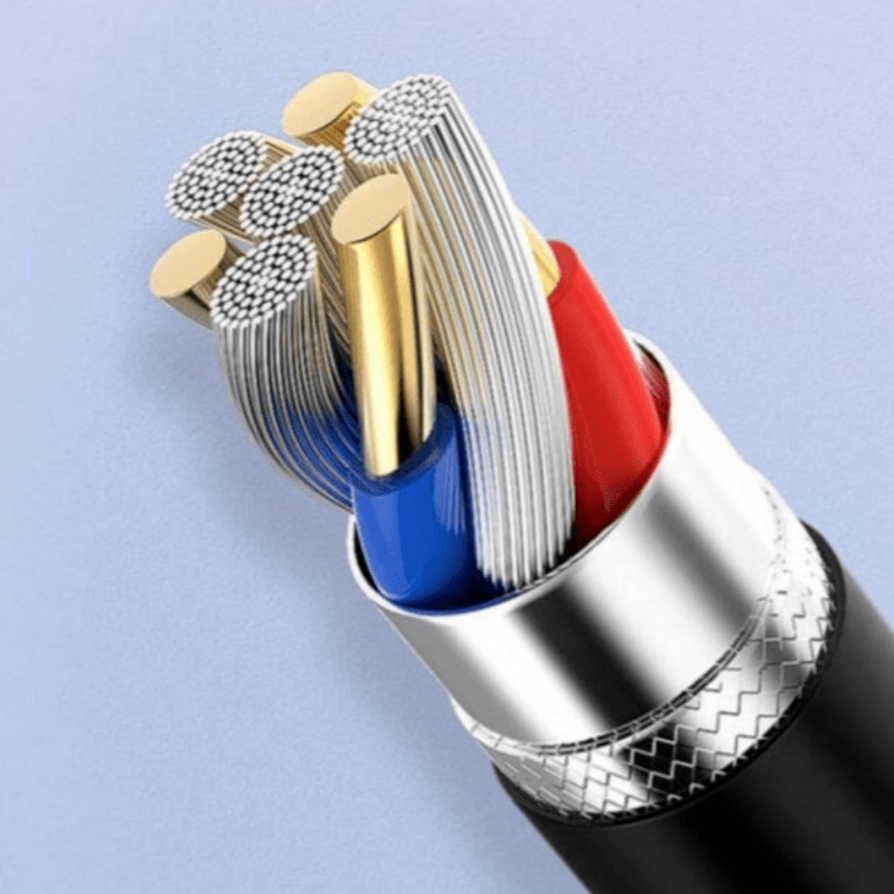How to Select Machine Cable for a Packaging Machine?
In the operation of packaging machines, machine cables serve as the “nerve and blood vessels” that transmit power, signals, and data. A properly selected machine cable ensures stable, efficient, and safe operation of the packaging machine, while a mismatched one can lead to frequent breakdowns, reduced production efficiency, and even safety hazards such as short circuits or fires. For packaging enterprises, mastering the method of selecting machine cables for packaging machines is crucial to maintaining smooth production. This guide will break down the selection process from multiple dimensions, helping you choose the most suitable machine cable for your packaging equipment.
1. Clarify the Basic Electrical Requirements of the Packaging Machine First
The core function of a machine cable is to transmit electrical energy and signals, so the first step in selection is to match the cable’s electrical parameters with the packaging machine’s operational needs. Ignoring these basic requirements will directly lead to cable failure or inefficient machine operation.
1.1 Determine the Voltage and Current Ratings
Different components of a packaging machine have varying voltage and current demands. For example, the main motor that drives the conveyor belt usually requires a higher current (often ranging from 10A to 50A, depending on the machine’s size), while the control system (such as PLC modules or sensor circuits) typically uses low-voltage, low-current power (e.g., 24V DC, 0.5A to 2A). When selecting a machine cable, you must first check the electrical parameter label of each component on the packaging machine or refer to the equipment manual to confirm the maximum voltage and current that the cable needs to withstand.
- For high-power components (e.g., heating sealing bars in heat-sealing packaging machines), choose a machine cable with a current-carrying capacity higher than the actual operating current (it is recommended to reserve 20% to 30% of the margin) to avoid overheating caused by current overload. For instance, if a sealing bar has an operating current of 15A, a machine cable with a rated current of 18A to 20A is more appropriate.
- For low-voltage signal transmission (e.g., photoelectric sensors that detect packaging film position), select a machine cable with a voltage rating matching the control system (e.g., 300V or 600V) to prevent signal interference or insulation breakdown due to voltage mismatch.
1.2 Confirm the Number of Cores and Core Cross-Sectional Area
The number of cores of a machine cable determines how many independent circuits it can transmit, while the cross-sectional area (usually measured in mm²) directly affects its current-carrying capacity and signal transmission stability.
- Number of cores: Packaging machines with complex functions (e.g., multi-station automatic packaging machines) require more cores to connect motors, sensors, actuators, and control panels. For example, a machine that integrates film unwinding, sealing, cutting, and labeling may need a 10-core or 16-core machine cable to separate power and signal circuits. For simple single-function packaging machines (e.g., manual sealing machines), a 2-core or 3-core cable (for power supply only) may suffice.
- Cross-sectional area: Calculate the required cross-sectional area based on the current and cable length. The longer the cable (e.g., cables connecting the main control cabinet to the conveyor belt at the far end), the larger the cross-sectional area should be to reduce voltage drop. A common formula reference: For copper-core machine cables, the cross-sectional area (S) can be roughly calculated as S = I × L / (K × ΔU), where I is the operating current (A), L is the cable length (m), K is the conductivity coefficient of copper (approximately 56), and ΔU is the allowable voltage drop (usually ≤5% of the rated voltage). For example, a 10m-long cable for a 20A motor should have a cross-sectional area of at least 0.75mm² (20×10/(56×1) ≈ 0.36mm², but considering practical factors like mechanical stress, 0.75mm² is preferred).
2. Adapt the Machine Cable to the Packaging Workshop Environment
Packaging workshops often have specific environmental conditions (such as temperature, humidity, oil pollution, or dust), which directly affect the service life and performance of machine cables. Choosing a cable with poor environmental adaptability will lead to frequent insulation aging, sheath cracking, or conductor corrosion.
2.1 Resist Temperature Fluctuations
Many packaging processes involve high temperatures, such as heat-sealing packaging (sealing bar temperatures can reach 150°C to 300°C) or shrink packaging (shrink tunnels at 80°C to 200°C). Machine cables near these high-temperature components must have excellent high-temperature resistance.
- For high-temperature zones (within 100°C to 200°C), select machine cables with XLPE (cross-linked polyethylene) insulation. XLPE has a high heat resistance rating (continuous operating temperature up to 90°C, short-term resistance to 130°C) and good insulation performance, making it suitable for cables near shrink tunnels.
- For ultra-high-temperature environments (above 200°C, such as near high-power heat-sealing bars), opt for machine cables with silicone rubber or PTFE (polytetrafluoroethylene) insulation. Silicone rubber cables can withstand continuous temperatures of 180°C, while PTFE cables can resist up to 260°C, ensuring the cable does not melt or age quickly.
In cold regions or workshops with air conditioning (temperatures below 0°C), avoid using cables with rigid PVC sheaths, as they tend to become brittle and crack in low temperatures. Instead, choose machine cables with PU (polyurethane) or TPE (thermoplastic elastomer) sheaths, which remain flexible even at -30°C.
2.2 Resist Moisture, Oil, and Chemicals
Packaging workshops may generate moisture (e.g., in food packaging workshops that clean equipment with water) or oil pollution (e.g., in workshops using oil-lubricated packaging machine parts). Some packaging processes also involve contact with chemicals (e.g., corrosive cleaning agents or packaging materials with chemical coatings). Machine cables in these environments must have corrosion-resistant sheaths.
- Moisture resistance: Select machine cables with water-resistant sheaths, such as PVC with a waterproof coating or PE (polyethylene) sheaths. For workshops with high humidity (relative humidity >85%), choose cables with double insulation (inner XLPE + outer PE) to prevent moisture from penetrating the conductor and causing short circuits.
- Oil resistance: For oil-contaminated areas (e.g., near the gearbox of a packaging machine), use oil-resistant machine cables. Cables with nitrile rubber (NBR) or PU sheaths are ideal, as they do not swell, harden, or crack when in contact with mineral oil or vegetable oil.
- Chemical resistance: If the cable may come into contact with chemicals (e.g., in pharmaceutical packaging workshops using disinfectants), choose a machine cable with PTFE or ETFE (ethylene-tetrafluoroethylene copolymer) sheaths. These materials are resistant to most acids, alkalis, and organic solvents, ensuring long-term stable operation.
2.3 Withstand Mechanical Stress
Packaging machines often have moving parts, such as rotating conveyor belts, lifting platforms, or swinging sealing arms. Machine cables connected to these parts are frequently bent, twisted, or dragged, so they must have strong mechanical durability.
- Flexibility for bending: For cables that need to bend frequently (e.g., cables connecting the rotating labeling head), select flexible machine cables with fine-stranded conductors (instead of solid conductors). Fine-stranded conductors (composed of dozens of thin copper wires) can withstand repeated bending without breaking. The sheath material also plays a role: PU sheaths have better flexibility and wear resistance than PVC, making them suitable for high-bending scenarios (up to 10 million bending cycles).
- Abrasion resistance: Cables that come into contact with machine parts or the ground (e.g., cables along the conveyor belt) need wear-resistant sheaths. Choose machine cables with thickened PU or TPE sheaths; some high-wear cables also add a layer of nylon braiding to enhance scratch and impact resistance.
- Tensile strength: For cables that may be pulled (e.g., cables connecting the movable packaging platform), select those with tensile cores (e.g., aramid fibers) inside. The tensile core can bear the pulling force, preventing the conductor from being stretched and broken.
3. Ensure Signal Transmission Stability (for Signal Cables)
Many modern packaging machines rely on precise signal transmission, such as photoelectric sensors that detect packaging position, encoders that control conveyor speed, or communication cables connecting the machine to the central control system. For these signal-transmitting machine cables, anti-interference performance is critical. Poor anti-interference can lead to signal distortion, resulting in packaging errors (e.g., incorrect sealing positions or uneven cutting).
3.1 Choose the Right Shielding Type
Shielding is the key to reducing electromagnetic interference (EMI) and radio frequency interference (RFI) for machine cables. Common shielding types include:
- Foil shielding (aluminum foil + drain wire): Suitable for low-frequency interference environments (e.g., near small motors). Aluminum foil can block most external interference, and the drain wire helps discharge the interference current. This type of shielding is thin and lightweight, making it ideal for signal cables in compact packaging machine control boxes.
- Braided shielding (copper mesh or tinned copper mesh): Offers better interference resistance than foil shielding, especially for high-frequency interference (e.g., near frequency converters in large packaging machines). The braiding density (usually 70% to 95%) determines the shielding effect—higher density means stronger interference resistance. For example, machine cables used for encoder signal transmission (which require high precision) should use 90%+ braided copper shielding.
- Double shielding (foil + braided): For workshops with severe interference (e.g., multiple packaging machines operating simultaneously), double-shielded machine cables are the best choice. They combine the advantages of foil and braided shielding, blocking both low-frequency and high-frequency interference, ensuring stable signal transmission.
3.2 Avoid Signal and Power Cable Crosstalk
When arranging machine cables, separate signal cables from power cables (especially high-current power cables) to prevent crosstalk. If they must be laid together, use shielded signal cables and ensure the shielding layer is properly grounded (ground resistance ≤4Ω). Additionally, choose signal cables with twisted pairs (e.g., Cat5 or Cat6 cables for Ethernet communication in smart packaging machines), as twisted pairs can reduce mutual interference between internal cores.
4. Comply with Industry Standards and Safety Certifications
Using non-compliant machine cables not only poses safety risks but may also lead to regulatory penalties (especially in industries with strict requirements, such as food, pharmaceutical, or medical device packaging). Therefore, verifying the cable’s certifications and standards is an indispensable step in selection.
4.1 Focus on International and Regional Certifications
Common certifications for machine cables include:
- CE certification: Mandatory for cables sold in the European Union (EU). It ensures the cable meets safety, health, and environmental protection requirements (e.g., EN 50525 standards for low-voltage cables).
- UL certification: Required for cables used in North America. UL 62 (Standard for Flexible Cords and Cables) and UL 1581 (Standard for Reference Standard for Electrical Wires, Cables, and Flexible Cords) are the main criteria for machine cables, covering flame resistance, insulation performance, and current-carrying capacity.
- IEC standards: International Electrotechnical Commission standards (e.g., IEC 60228 for conductor classification, IEC 60332 for flame retardancy) are widely recognized globally, ensuring the cable’s quality and safety across different regions.
For food or pharmaceutical packaging machines, additional certifications may be required. For example, machine cables in food contact areas should comply with FDA (U.S. Food and Drug Administration) standards (e.g., FDA 21 CFR Part 177) to ensure no toxic substances migrate from the cable sheath to food.
4.2 Check Flame Retardancy and Smoke Density
Packaging workshops often have flammable materials (e.g., plastic packaging films), so machine cables must have good flame retardancy. Choose cables that meet flame retardant standards such as IEC 60332-1 (single cable flame test) or IEC 60332-3 (bundle cable flame test). In addition, low-smoke halogen-free (LSZH) cables are preferred, as they release less smoke and toxic gases (e.g., chlorine) in case of fire, reducing harm to personnel and equipment.
5. Practical Selection Steps for Machine Cables
After understanding the above key factors, you can follow these practical steps to select machine cables for your packaging machine:
Step 1: Conduct a Site Survey of the Packaging Workshop
Record the environmental conditions (temperature range, humidity, presence of oil/chemicals, mechanical stress on cables) and the layout of the packaging machine (position of moving parts, cable installation path, length required). For example, if the machine is installed near a heat-sealing unit with a temperature of 180°C and frequent bending of the cable, note these details for later cable material selection.
Step 2: Collect Electrical Parameters of the Packaging Machine
Refer to the equipment manual or consult the manufacturer to confirm the voltage, current, number of circuits, and signal type (analog/digital) required for each component. Organize this information into a list to avoid missing any parameters when selecting cables.
Step 3: Screen Cable Specifications Based on Requirements
- For power cables: Match the cross-sectional area and voltage rating according to current and length; select insulation/sheath materials based on temperature and environmental corrosion.
- For signal cables: Determine the number of cores and shielding type based on signal type and interference level; ensure the cable supports the required communication speed (e.g., Cat6 cables for 1Gbps Ethernet signals).
Step 4: Test Cable Samples (if Conditions Permit)
For critical packaging machines (e.g., high-speed automatic packaging lines with high production demand), test the selected machine cable samples in the actual workshop environment. For example, test the cable’s bending resistance by simulating the movement of the machine’s moving parts, or test its high-temperature resistance by placing it near a heat-sealing bar for 24 hours to check for insulation aging.
Step 5: Consider After-Sales Support and Maintenance
Choose machine cables from suppliers that provide reliable after-sales service. For example, if a cable fails prematurely, the supplier should offer replacement or technical support. Additionally, select cables with clear labeling (e.g., marked with voltage, current, and certification information) to facilitate maintenance and replacement in the future.
6. Why Choose FRS Machine Cables for Your Packaging Machine?
When it comes to selecting machine cables that meet all the above requirements—stable electrical performance, strong environmental adaptability, reliable signal transmission, and compliance with global standards—FRS (FRS Cable Factory) is your trusted partner. As a professional manufacturer with years of experience in industrial machine cable production, FRS is committed to providing customized solutions for packaging machine users, ensuring every cable perfectly matches your equipment and workshop needs.
FRS machine cables cover all the key features required for packaging machines:
- Tailored Electrical Parameters: FRS offers power cables with cross-sectional areas ranging from 0.5mm² to 10mm² and voltage ratings of 300V/500V, 600V/1000V, fully meeting the power needs of small control components and large motors in packaging machines. For high-current components like heat-sealing bars, FRS provides cables with 20% current-carrying margin, preventing overheating.
- Superior Environmental Adaptability: FRS’s machine cables use high-quality materials—XLPE insulation for high-temperature resistance (up to 130°C), silicone rubber insulation for ultra-high temperatures (up to 260°C), and PU sheaths for oil resistance and low-temperature flexibility (down to -30°C). Whether your workshop is humid, oily, or has extreme temperature fluctuations, FRS cables maintain stable performance.
- Excellent Signal Anti-Interference: For signal transmission in packaging machines, FRS offers shielded machine cables with foil, braided, or double shielding. The 95% braided copper shielding effectively blocks high-frequency interference from frequency converters or other equipment, ensuring precise signal transmission for sensors and encoders, reducing packaging errors.
- Global Safety Certifications: All FRS machine cables comply with CE, UL, and IEC standards. For food and pharmaceutical packaging industries, FRS provides FDA-certified LSZH cables, ensuring no toxic substances and meeting strict hygiene requirements.
- Durable Mechanical Performance: FRS’s flexible machine cables use fine-stranded copper conductors (up to 196 strands) and thickened PU sheaths, withstanding up to 15 million bending cycles—ideal for moving parts of packaging machines like conveyor belts and labeling heads. The added aramid tensile core also enhances the cable’s resistance to pulling and stretching.
In addition to high-quality products, FRS offers personalized services: Our technical team will conduct on-site surveys of your packaging workshop, collect equipment parameters, and design customized cable solutions (including length, number of cores, and shielding type) to avoid unnecessary waste. FRS also provides a 24-month warranty for all machine cables—if any quality issues occur within the warranty period, we offer free replacement and on-site technical support.
For packaging enterprises seeking stable, efficient, and safe machine cables, FRS is more than a supplier—it is a partner in your production. Choose FRS machine cables, and let reliable cable performance support the smooth operation of your packaging lines.


